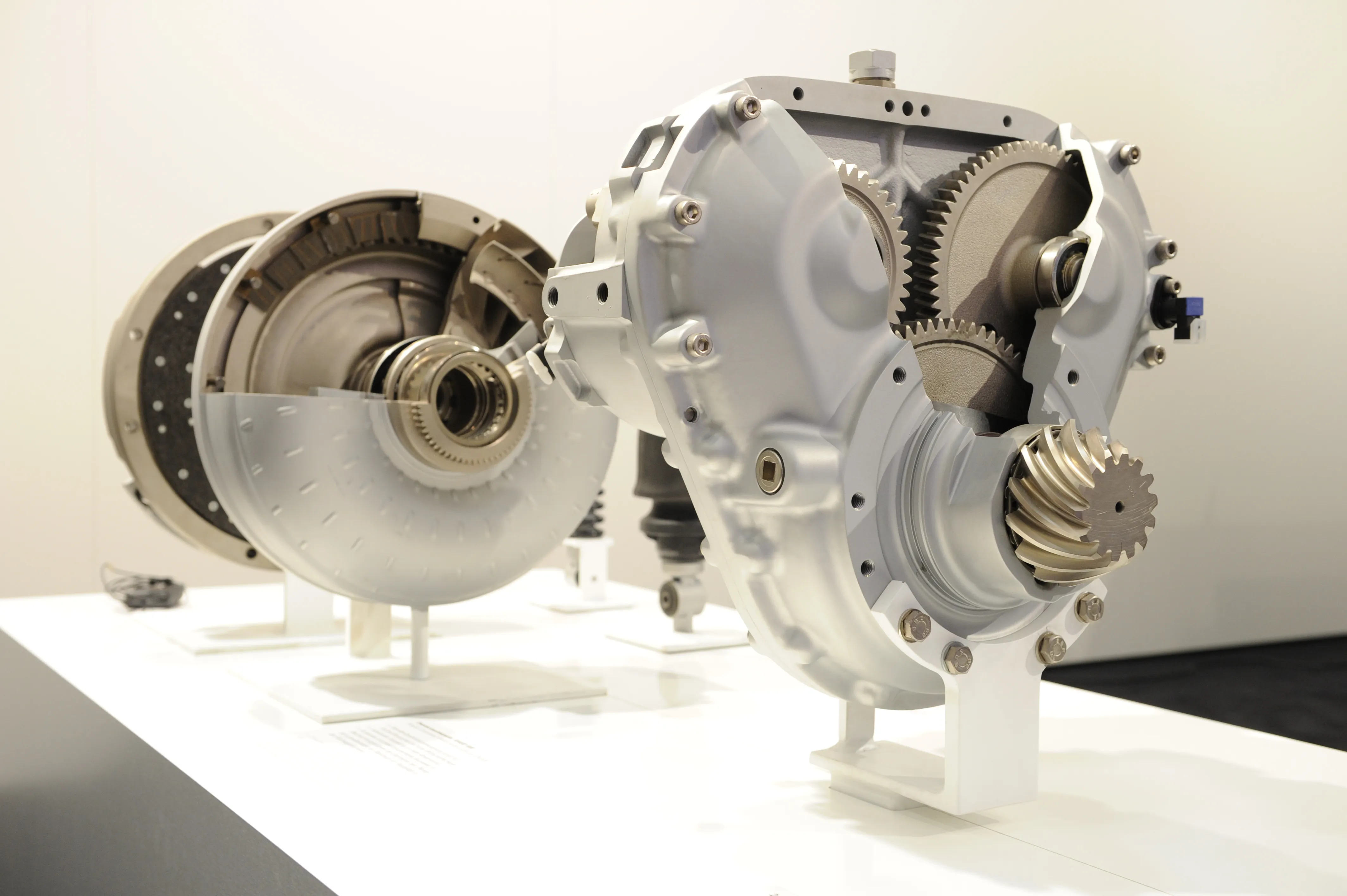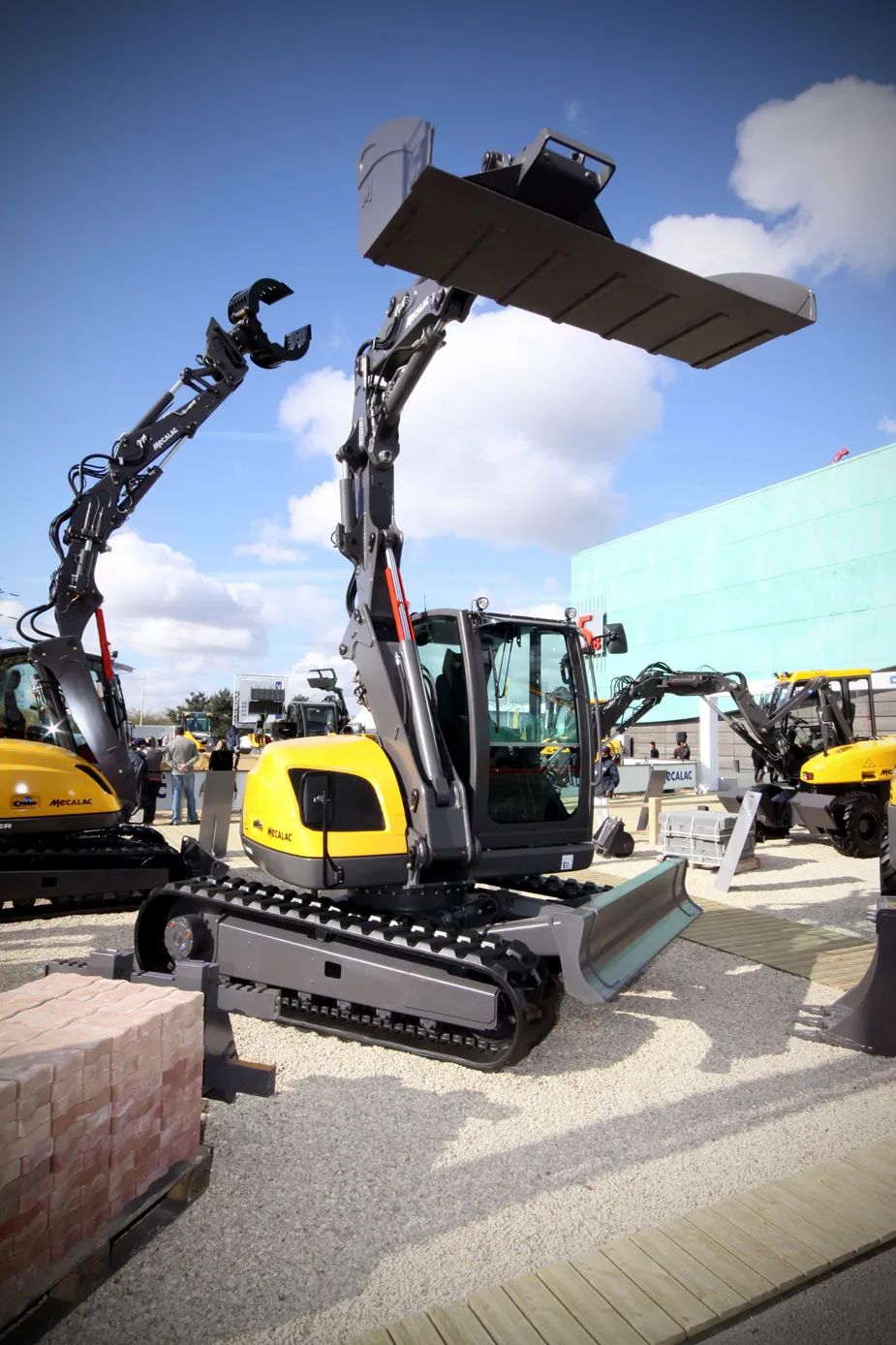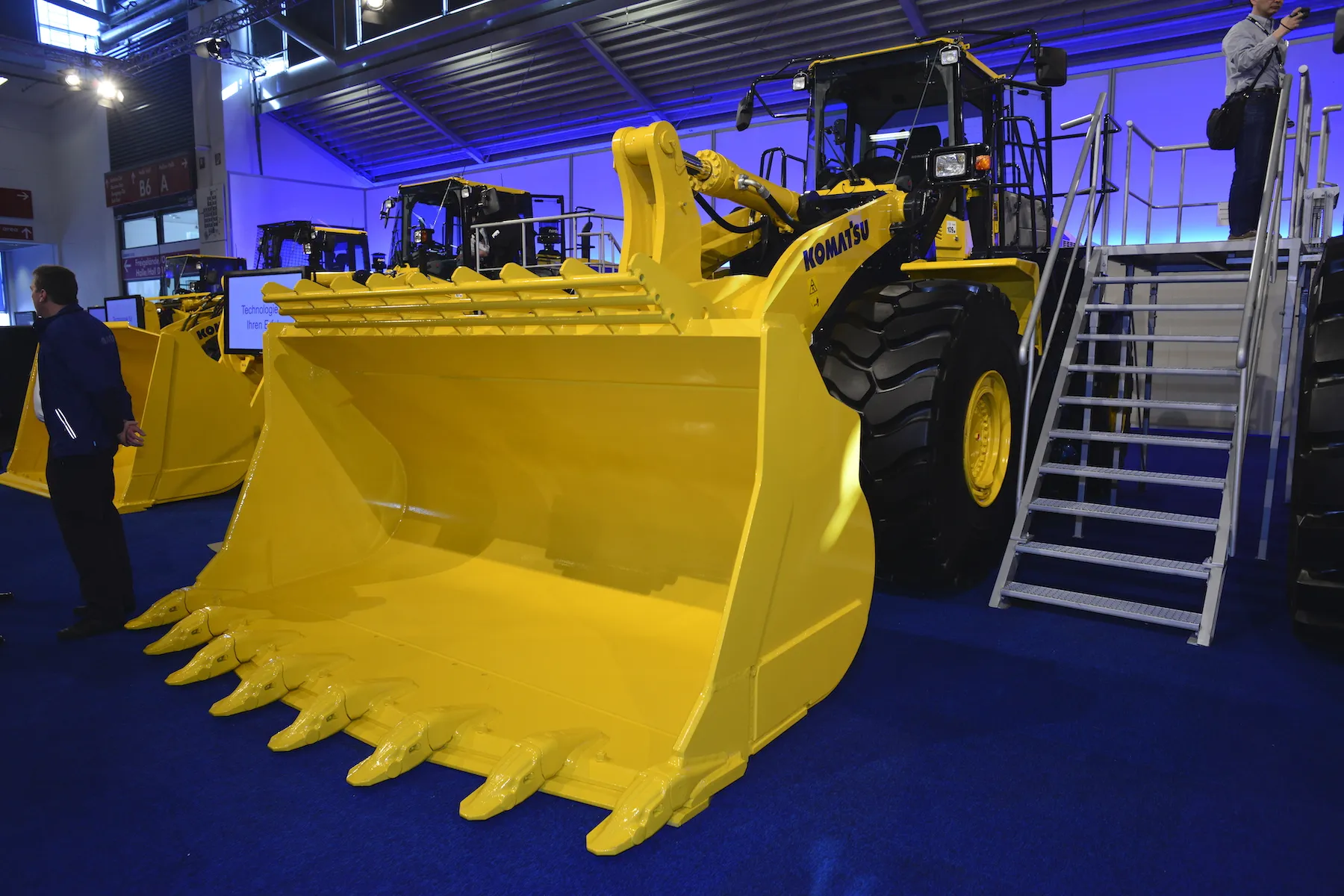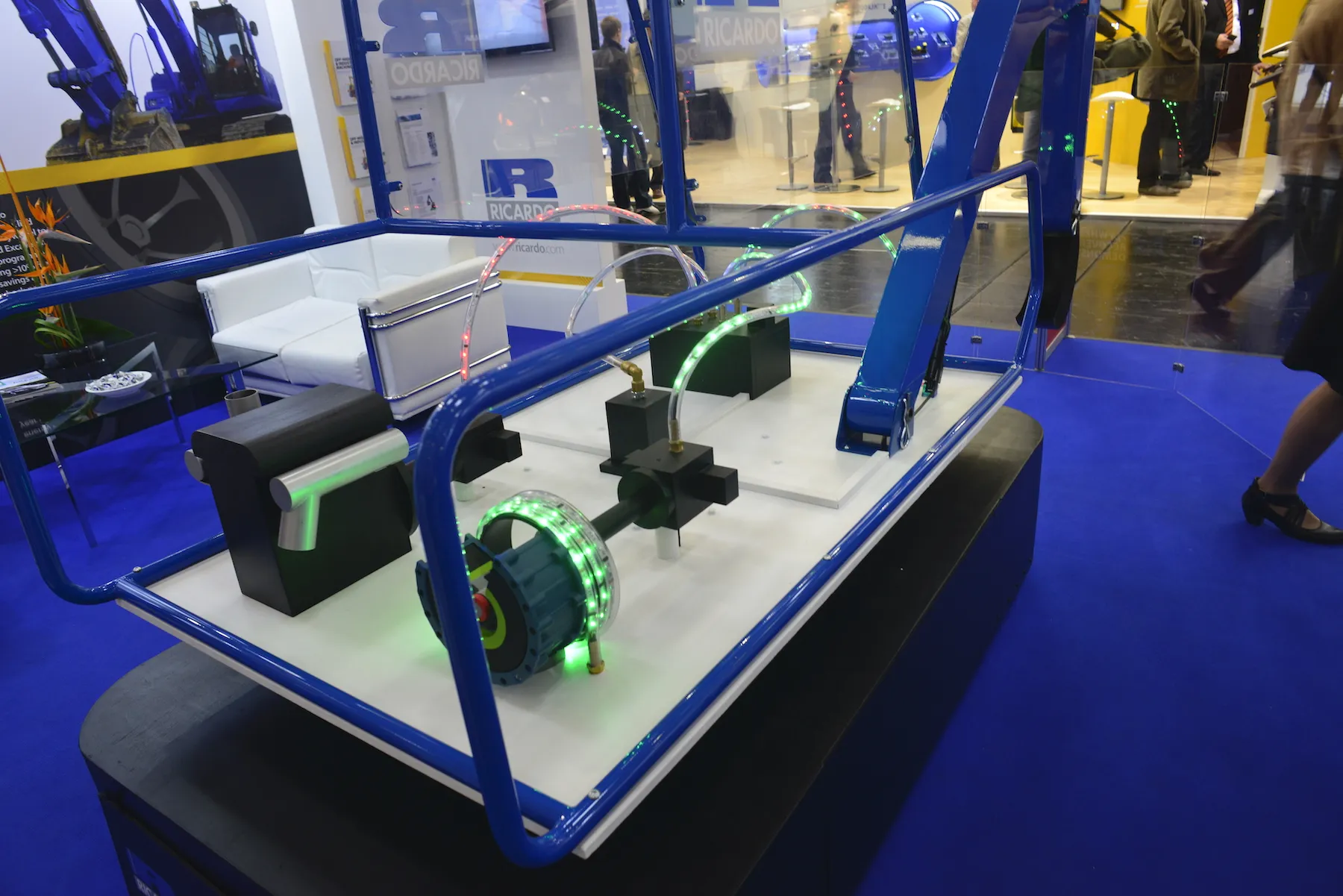ZF has chosen a pair of radial hydraulic motors for use in its compact single-speed hydrostatic transmission, the 2HC85, which has been developed for compact wheeled loaders up to 100kW and 10.5tonnes operating weight. For high-torque start-up, the transmission sends oil to both motors and demands maximum stroke to travel from 0-16kph, before isolating one motor and then using 100% oil flow through the remaining motor to propel the machine to its maximum travel speed of 42kph. ZF said radial motors afford a
January 6, 2017
Read time: 1 min

For high-torque start-up, the transmission sends oil to both motors and demands maximum stroke to travel from 0-16kph, before isolating one motor and then using 100% oil flow through the remaining motor to propel the machine to its maximum travel speed of 42kph.
ZF said radial motors afford a lower working speed range within the transmission and create a more compact package compared to axial motors, which leads to greater installation options and a low working noise level compared to traditional hydrostatic transmission designs.
Stand: A4.213/312
%$Linker:








